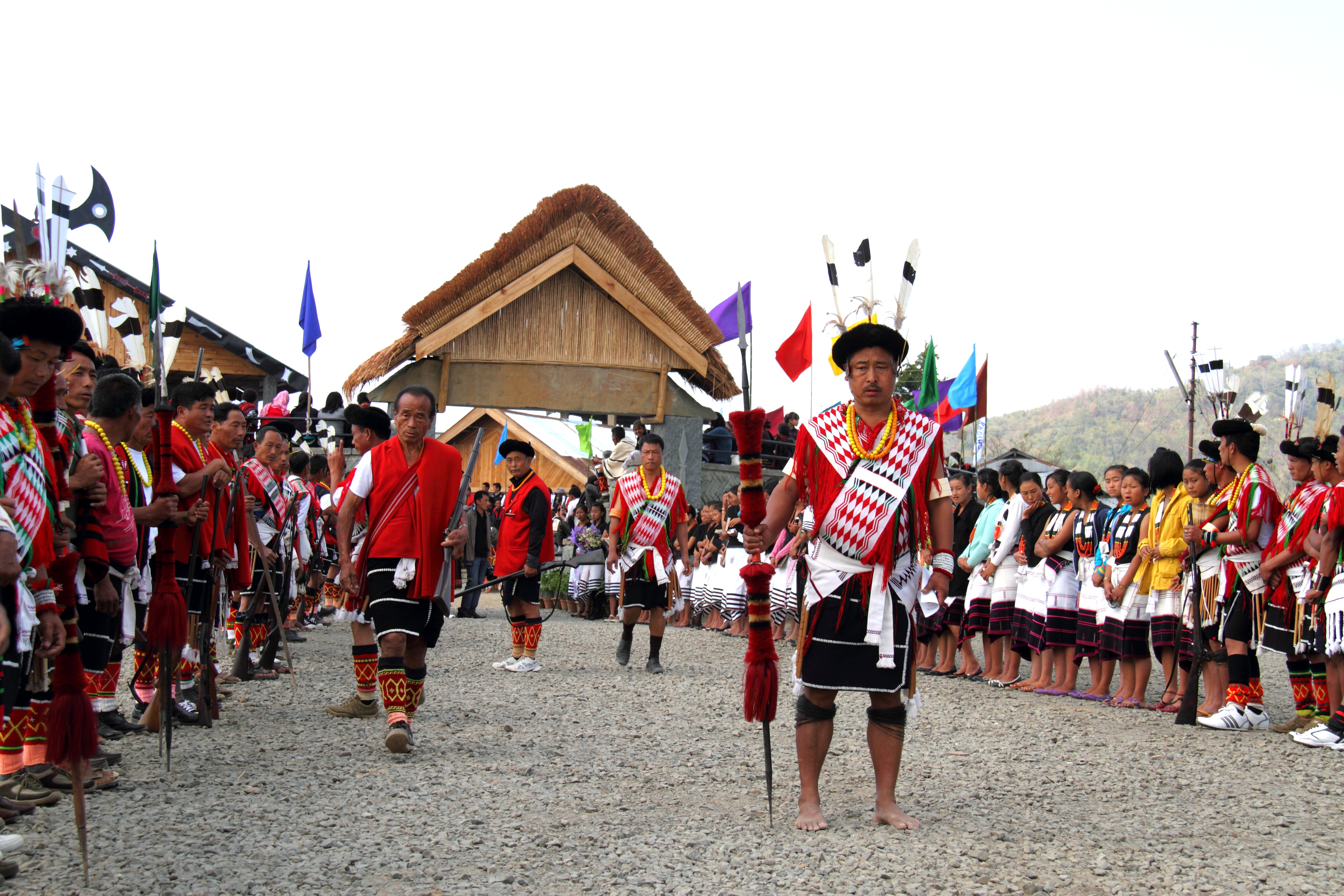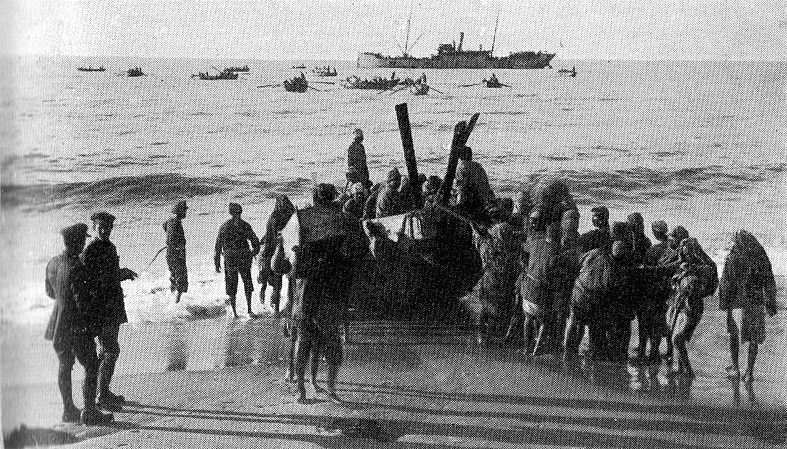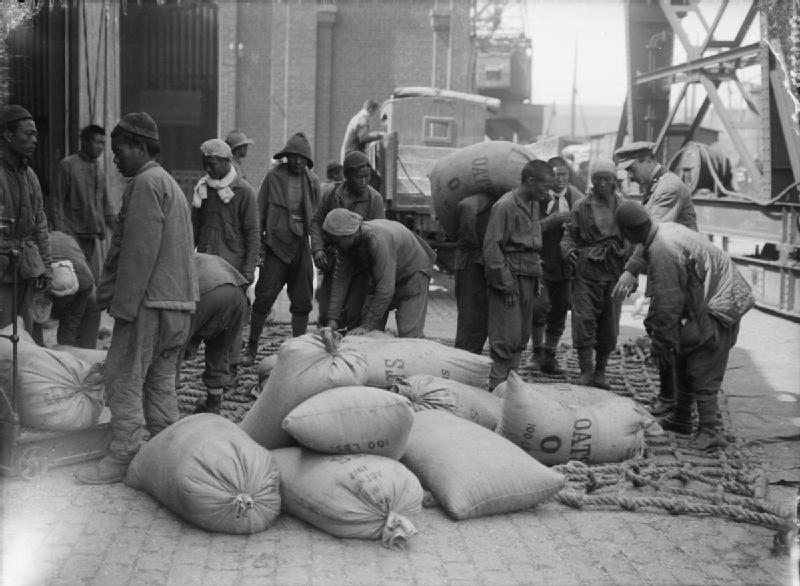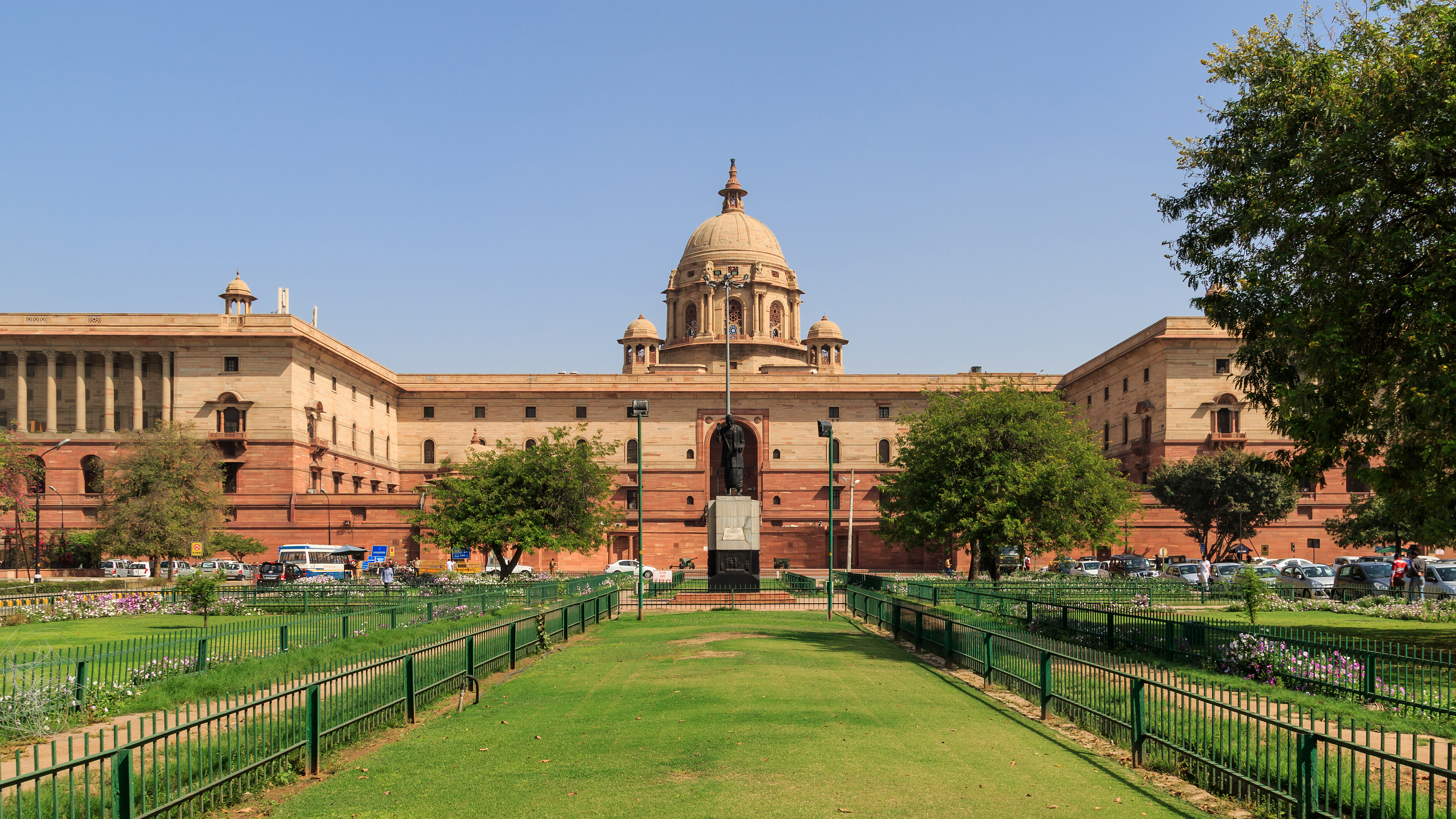|
Indian Labour Corps
The Indian Labour Corps was a labour corps recruited from the British Raj during World War I. Recruitment began on a voluntary basis in 1915, but by 1917 the British Government was requiring that localities provide quotas of men. The corps undertook construction duties around the world during the war with the workers frequently enduring difficult conditions. It was disbanded in 1921. History Prior to World War I, the British Indian Army regularly used 'Coolie Corps' to support its operations within the Raj and overseas. During World War I, similar formations were raised as the Indian Labour Corps (ILC) and the Porter Corps (PC). Members of the ILC and PC were enlisted under the terms of the ''Indian Army Act''. Two ILC units were raised in 1915 to participate in the Gallipoli Campaign. They were diverted to support the Mesopotamian Campaign, and other ILC units served in Persia and the Salonika Campaign in Greece. The British Indian Government agreed in 1917 to send 50,000 ILC wor ... [...More Info...] [...Related Items...] OR: [Wikipedia] [Google] [Baidu] |
British Raj
The British Raj ( ; from Hindustani language, Hindustani , 'reign', 'rule' or 'government') was the colonial rule of the British The Crown, Crown on the Indian subcontinent, * * lasting from 1858 to 1947. * * It is also called Crown rule in India, * * * * or direct rule in India. * Quote: "Mill, who was himself employed by the British East India company from the age of seventeen until the British government assumed direct rule over India in 1858." * * The region under British control was commonly called India in contemporaneous usage and included areas directly administered by the United Kingdom of Great Britain and Ireland, United Kingdom, which were collectively called ''Presidencies and provinces of British India, British India'', and areas ruled by indigenous rulers, but under British British paramountcy, paramountcy, called the princely states. The region was sometimes called the Indian Empire, though not officially. As ''India'', it was a founding member of th ... [...More Info...] [...Related Items...] OR: [Wikipedia] [Google] [Baidu] |
Naga Hills
The Naga Hills, reaching a height of around , lie prominently on the border of India and Myanmar. They are part of a complex mountain system, and the parts of the mountain ranges inside the States and territories of India, Indian states of Nagaland, Manipur and the Administrative divisions of Burma, Burmese Naga Self-Administered Zone are called the Naga Hills. The highest point of the Naga hills is Mount Saramati (). Etymology The term "Naga" refers to the Naga people, who were called "Naga" or "Naka" in the Burmese language, meaning "people with pierced ears".Shimray, R. R. (1985), ''Origin and Culture of Nagas'', Pamleiphi Shimray, New Delhi, page 41, History In British India, the major part of the hills came under the Naga Hills District, British India, Naga Hills District. A part of the Naga Hills under the British India control was coalesced into a district in 1866. The boundaries of the Naga Hills District were gradually expanded by annexation of the territories of seve ... [...More Info...] [...Related Items...] OR: [Wikipedia] [Google] [Baidu] |
India In World War I
World War I, 28 July 1914 to 11 November 1918, was a global conflict between two coalitions, the Allies, or Entente, and the Central Powers. Main areas of conflict included Europe and the Middle East, as well as parts of Africa and the Asia-Pacific. In Europe, the stalemate caused by trench warfare led to technological innovations such as tanks and aircraft, along with the widespread use of artillery, machine guns, and chemical weapons. One of the deadliest conflicts in history, it resulted in an estimated 30 million military casualties, plus another 8 million civilian dead from war-related causes and genocide. The movement of large numbers of people was a major factor in the deadly Spanish flu pandemic. The causes of World War I included the rise of Germany and decline of the Ottoman Empire, which disturbed the long-standing balance of power in Europe, and rising economic competition between nations driven by industrialisation and imperialism. Growing tensions between t ... [...More Info...] [...Related Items...] OR: [Wikipedia] [Google] [Baidu] |
Expatriate Military Units And Formations
An expatriate (often shortened to expat) is a person who resides outside their native country. The term often refers to a professional, skilled worker, or student from an affluent country. However, it may also refer to retirees, artists and other individuals who have chosen to live outside their native country. The International Organization for Migration of the United Nations defines the term as 'a person who voluntarily renounces his or her nationality'. Historically, it also referred to exiles. The UAE is the country with the highest percentage of expatriates in the world after the Vatican City, with expatriates in the United Arab Emirates representing 88% of the population. Etymology The word ''expatriate'' comes from the Latin words and , from , . Semantics Dictionary definitions for the current meaning of the word include: :Expatriate: :* 'A person who lives outside their native country' (Oxford), or :* 'living in a foreign land' (Webster's). These definitions ... [...More Info...] [...Related Items...] OR: [Wikipedia] [Google] [Baidu] |
Non-combatant Military Personnel
Non-combatant is a term of art in the law of war and international humanitarian law to refer to civilians who are not taking a direct part in hostilities. People such as combat medics and military chaplains, who are members of the belligerent armed forces but are protected because of their specific duties (as currently described in Protocol I of the Geneva Conventions, adopted in June 1977); combatants who are placed ''hors de combat''; and neutral persons, such as peacekeepers, who are not involved in fighting for one of the belligerents involved in a war. This particular status was first recognized under the Geneva Conventions with the First Geneva Convention of 1864. Under international humanitarian law, certain non-combatants are classified as protected persons, who are to be protected under laws applicable to international armed conflict at all times. The principle of "non-combatant immunity" protects non-combatants against being attacked intentionally during a war. Histor ... [...More Info...] [...Related Items...] OR: [Wikipedia] [Google] [Baidu] |
Military Units And Formations Of The British Army In World War I
A military, also known collectively as armed forces, is a heavily armed, highly organized force primarily intended for warfare. Militaries are typically authorized and maintained by a sovereign state, with their members identifiable by a distinct military uniform. They may consist of one or more military branches such as an army, navy, air force, space force, marines, or coast guard. The main task of a military is usually defined as defence of their state and its interests against external armed threats. In broad usage, the terms "armed forces" and "military" are often synonymous, although in technical usage a distinction is sometimes made in which a country's armed forces may include other paramilitary forces such as armed police. Beyond warfare, the military may be employed in additional sanctioned and non-sanctioned functions within the state, including internal security threats, crowd control, promotion of political agendas, emergency services and reconstruction, ... [...More Info...] [...Related Items...] OR: [Wikipedia] [Google] [Baidu] |
South African Native Labour Corps
The South African Native Labour Corps (SANLC) was a force of workers formed in 1916 in response to a British request for workers at French ports. About 25,000 South Africans joined the Corps. The SANLC was utilized in various menial noncombat tasks. The SANLC was disbanded by the South African government in January 1918. Background The South African Native Labour Corps or Contingent has its origins in a plan by the Imperial War Cabinet to employ labour from South Africa and other Commonwealth nations to relieve the shortage of labour at the front and at French ports as ship shortages required that ships be unloaded and returned to transport duties as quickly as possible. About 25,000 South Africans were to be recruited, of whom 21,000 were transported via requisitioned merchant steamships to France. The first two companies arrived in France on 20 November 1916 and the last group of men left France on 5 January 1918. Prime Minister Louis Botha, also Minister of Native Affairs, was ... [...More Info...] [...Related Items...] OR: [Wikipedia] [Google] [Baidu] |
Maltese Labour Corps
The Maltese Labour Corps (MLC) was a labour unit raised in Malta during the First World War to support the British Army. It comprised two battalions of labourers and stevedores; two companies of cooks, waiters, and servants; and a company of miners. The units served at Gallipoli, Salonika, Italy, and in Turkey (after the armistice). There may have been a further independent labour company that served in Malta. Many of the units' commanding officers were drawn from the King's Own Royal Malta Regiment of Militia. More than 5,000 men served in the corps, with members receiving the British War Medal in bronze. In the course of their service 124 members died, at least one killed in action with many of the remainder dying during the Spanish Flu pandemic of 1918. First Battalion In August 1915, there was a request for 750 volunteers from Malta to form a labour battalion for service with the British Army. More than 1,000 applied and by the start of September 864 of these h ... [...More Info...] [...Related Items...] OR: [Wikipedia] [Google] [Baidu] |
Labour Corps (British Army)
The Labour Corps was a British Army force formed in 1917 for manual and skilled labour on the Western Front (First World War), Western Front and Salonika Campaign, Salonika during the First World War. In previous centuries the British Army had fulfilled this role through the Royal Pioneer Corps (1762–1763), the Corps of Pioneers (1795–1800) and the Army Works Corps (1855-c.1856). Though it disbanded in 1921, it is often seen as the predecessor to the Royal Pioneer Corps of the Second World War. History Earlier in the war the Royal Army Service Corps, Army Service Corps had formed labour companies to work docks and railways and unload ships and the Royal Engineers had formed eleven labour battalions for manual work. From December 1914 onwards each infantry division had also been provided with a Pioneer Battalion, with full infantry training but usually used in manual and skilled work and thus consisting of those with experience in those areas. From early 1916 onwards conscripted ... [...More Info...] [...Related Items...] OR: [Wikipedia] [Google] [Baidu] |
Egyptian Labour Corps
The Egyptian Labour Corps (also known as the ELC or Labour Corps) was a group of Egyptian labourers who worked for the British Army in Egypt during the First World War's Sinai and Palestine Campaign. Historical context Egypt had historically been part of the Ottoman Empire for hundreds of years. However, starting in the late nineteenth century, British influence in the country began to expand as the Sultans of Egypt proved increasingly incapable of managing the country's financial affairs and start to borrow heavily from foreign financiers, including British businessmen. Eventually, the British conquered Egypt and established a protectorate over the country, bringing Egypt ( de facto) into the British Empire. As part of this protectorate, the British promised to defend Egypt from Ottoman, African and European incursions and never to request their aid in future conflicts. However, the British quickly realised that they desperately needed the support of Egyptian labour in a land ... [...More Info...] [...Related Items...] OR: [Wikipedia] [Google] [Baidu] |
Chinese Labour Corps
The Chinese Labour Corps (CLC; ; ) was a labour corps recruited by the British government in the First World War to free troops for front line duty by performing support work and manual labour. The French government also recruited a significant number of Chinese labourers, and although those labourers working for the French were recruited separately and not part of the CLC, the term is often used to encompass both groups. In all, some 140,000 men served for both British and French forces before the war ended and most of the men were repatriated to China between 1918 and 1920. Origins In 1916, Field Marshal Sir Douglas Haig requested that 21,000 labourers be recruited to fill the manpower shortage caused by casualties during the First World War. Recruiting labourers from other countries was not something unusual at that time. Other than the Chinese, labour corps were serving in France from Egypt, Fiji, India, Malta, Mauritius, Seychelles, and the British West Indies, as well a ... [...More Info...] [...Related Items...] OR: [Wikipedia] [Google] [Baidu] |
New Delhi
New Delhi (; ) is the Capital city, capital of India and a part of the Delhi, National Capital Territory of Delhi (NCT). New Delhi is the seat of all three branches of the Government of India, hosting the Rashtrapati Bhavan, New Parliament House, New Delhi, Sansad Bhavan, and the Supreme Court of India, Supreme Court. New Delhi is a Municipal governance in India, municipality within the NCT, administered by the New Delhi Municipal Council (NDMC), which covers mostly Lutyens' Delhi and a few adjacent areas. The municipal area is part of a larger List of districts in India, administrative district, the New Delhi district. Although colloquially ''Delhi'' and ''New Delhi'' are used interchangeably to refer to the National Capital Territory of Delhi, both are distinct entities, with the municipality and the New Delhi district forming a relatively small part within the megacity of Delhi. The National Capital Region (India), National Capital Region is an even larger entity, compris ... [...More Info...] [...Related Items...] OR: [Wikipedia] [Google] [Baidu] |







